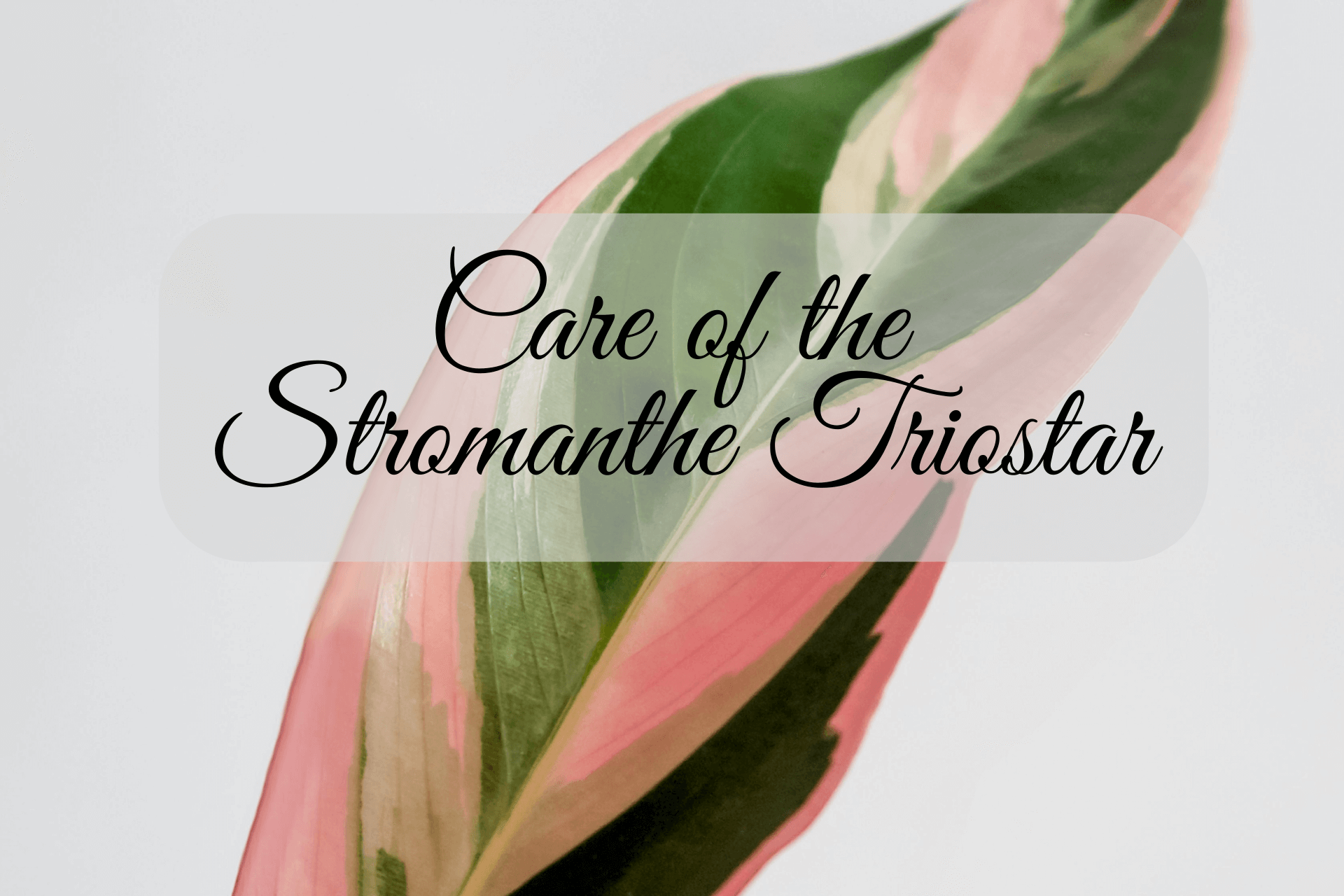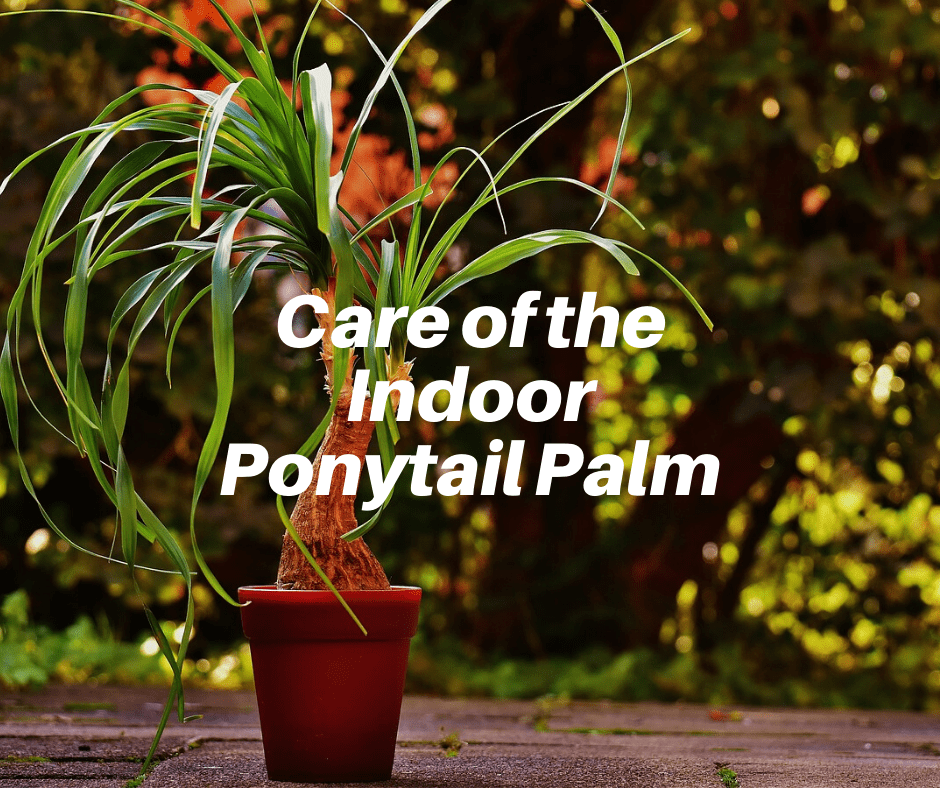This post may contain affiliate links. As an Amazon Associate we earn from qualifying purchases.
While not exactly the queen diva of the plant world, details about Triostar Stromanthe care don’t include the words “low maintenance.”
But, a houseplant with colorful foliage? Count me in. This plant is a beauty, that’s for sure. In fact, it’s that stunning foliage that has attracted the hearts of so many planty people.
The Triostar Stromanthe, known botanically as Stromanthe sanguinea ‘Triostar,’ typically reaches a height of 1 to 2 feet with an equal spread, making it a compact and manageable indoor plant.
Keep in mind as you provide the Triostar Stromanthe care that, as a native of Brazilian rainforests, it does best in a tropical environment. It’s not easy to provide the high humidity and dappled sunlight of the forest floor, but Triostar seems willing to compromise.

2 tips before we start
Tip #1: Don’t be alarmed if you notice the Triostar Stromanthe’s leaves move or fold during the daytime.
This characteristic is known as “nyctinasty,” and it happens in response to changes in temperature and light levels.
Triostar does hail from the same family as the prayer plant, so this should come as no surprise no surprise.
Tip #2: Don’t be in a hurry to repot your Triostar upon bringing it home. Plants need time to acclimate to a new environment before messing with their roots and providing new soil.
Give it at least two weeks of acclimation and then repot it. Use the two weeks to find a spot in the home where it seems to do its best.
This goes for all new plants you bring into the home, not just Triostar. It really is the best way to avoid shocking it.
Potting medium for the Triostar Stromanthe
The Stromanthe Triostar prefers a well-draining, peat-based potting mix. You’ll get the same results with a mix that includes coco coir instead of peat.
The latter attracts fungus gnats which can be a pain when they multiply to the point where they start flying in your face.
We like Wonder Soil and it’s available at Amazon.com. A mix designed for tropical plants or orchids can work as well.

Triostar’s light needs
The Triostar thrives in an area where it will receive lots of bright light, but not in direct sun, which may burn the foliage.
A location with filtered sunlight, such as from behind a gauzy curtain or is ideal for maintaining the plant’s vibrant colors.
 How much water does the Triostar need?
How much water does the Triostar need?
Ensure that the Triostar’s soil doesn’t dry out. The best way to measure the soil’s moisture level is with a chopstick, slender dowel, or something similar.
Stick the probe into the soil about two inches. If there is moisture on the probe, there is enough moisture in the soil. Pick up the pot to get a feel for its weight when it ISN’T time to water.
If it comes out dry, water the mix with room-temperature distilled water until the excess starts flowing out of the bottom of the pot and then keep watering until the pot feels heavy.
Again, before watering, feel the weight of the pot. After doing this several times you won’t need to probe the soil. Just lift the pot and if it’s heavy, don’t water.
I water mine in the kitchen sink. Wherever you water yours, you’ll need to allow it to drain completely.
Once the water is no longer coming out of the bottom of the pot, you may, justifiably, think there’s no excess water in the soil, but there is and you need to get rid of it to avoid root rot.
Lay the pot at a 45-degree angle and allow the excess water (known as “perched water”) to drain. You’ll need something to prop the pot to the specified angle. I have a coffee mug that works perfectly.
Keep the soil consistently moist but never soggy.
The soil isn’t the only thing that the Triostar needs moist; it thrives in a humid environment, so you’ll need to provide moist air.
The best way to do this is by placing a humidifier in close proximity to the plant.
Check out our blog post Ways to Increase Humidity for Houseplants.

How and when to fertilize the Triostar Stromanthe
During the growing season (spring and summer), fertilize the Triostar Stromanthe every two to four weeks with a 3:1:2 ratio liquid fertilizer diluted to half the recommended strength.
Examples of 3:1:2 ratio fertilizers include 3-1-2 and 9-3-6.
Reduce or eliminate fertilization in the fall and winter when the plant’s growth slows.
Preferred Temperature
Maintain a warm environment for the Triostar Stromanthe, ideally between 65 to 75 degrees Fahrenheit (18°C to 24°C).
Protect it from drafts and temperature extremes, as it is sensitive to cold.
How to propagate Triostar Stromanthe
Propagate the Triostar Stromanthe through division. During the growing season, remove the plant from the pot and wash the roots carefully under running water.
They don’t need to be completely clean, just clean enough to where you can see the crown completely.
Using very sharp pruning shears or a knife, divide the plant into two pieces (more if it’s quite large).
Ensure that each has its own set of roots and healthy foliage. Replant each into a separate pot of fresh planting mix and water thoroughly.
Common Pests
Check the Triostar regularly for signs of pests. The most common ones you might find include scale, aphids and spider mites. Look for the following symptoms of an infestation:

Scale
Suspect this guy if the Triostar’s leaves are wilting and/or turning yellow. The plant may also begin dropping leaves.
Look for tiny shell-like structures on the stems and leaves. Although the photo above is an extreme closeup of scale, it will give you a general idea of what to look for.
Treatment can be a bit of a challenge. We rely on Arber Bio Insecticide, but it may take repeated applications, depending on the volume of scale on the plant.
 Spider mites
Spider mites
Most descriptions of spider mite damage include the word “stippled” when they refer to foliage damage.
Basically, what they mean is to look closely for small spots on the tops of the Triostar’s leaves. If you find this symptom, turn the leaf over to look closely for the tiny white mites and their telltale webbing.
Catching a spider mite infestation early is the key to defeating these pests. I’m almost obsessive at checking my houseplants weekly.
If you find one, use Bonide Captain Jack’s Neem Max, which contains a miticide. Follow the instructions on the label. It may take up to three applications to get the infestation under control.
Need help with your other houseplants? Check out our houseplant guides!



